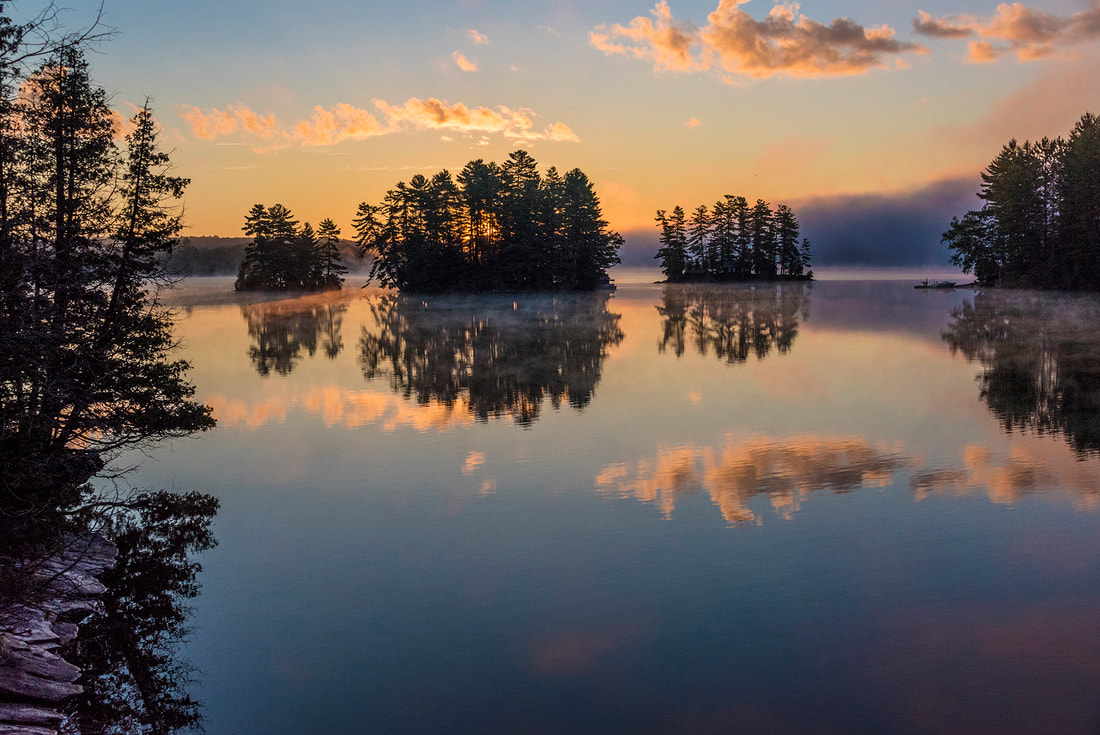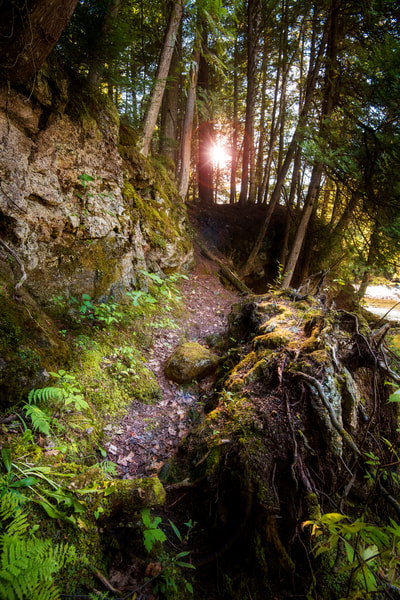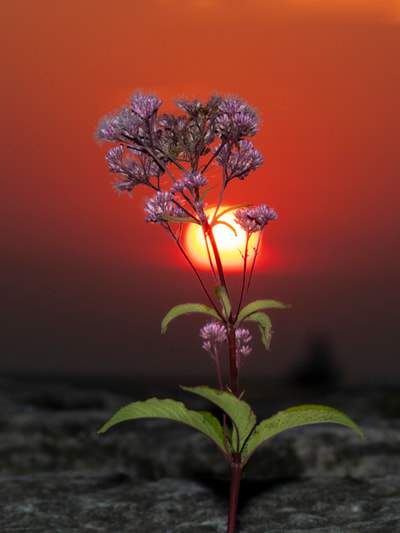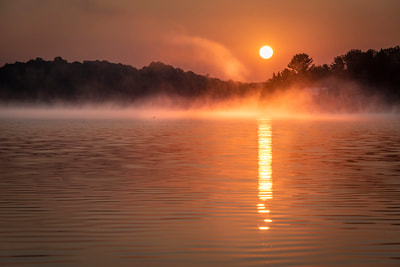|
Common Misconceptions Shooting into the sun can add a lot of drama to your photos, but there are some common misconceptions:
Tips for Getting Better Shots
Sample Gallery Thought for the Day
“There are always two people in every picture: the photographer and the viewer.” – Ansel Adams
0 Comments
|
Eric David
Eric David is a visual artist / fine art photographer that lives and works in Toronto. Archives
March 2020
Categories
All
|




 RSS Feed
RSS Feed
